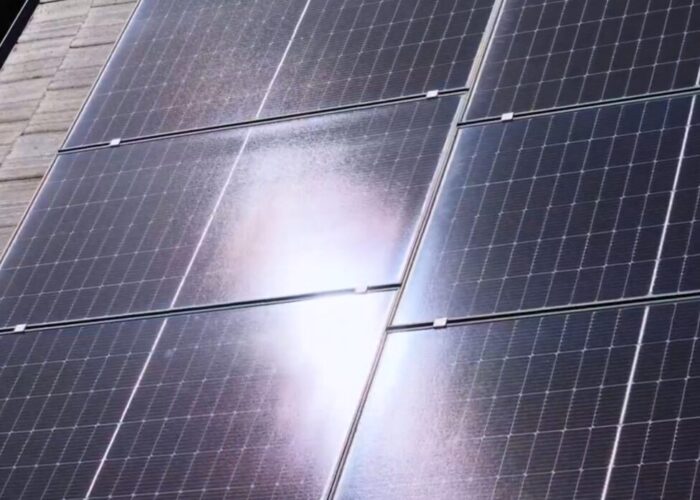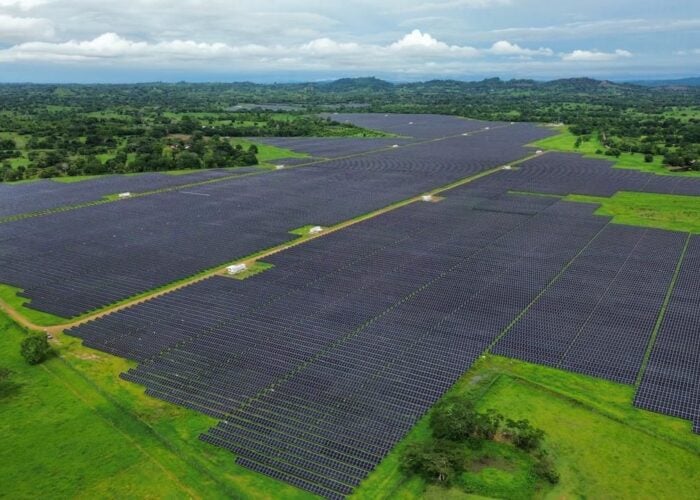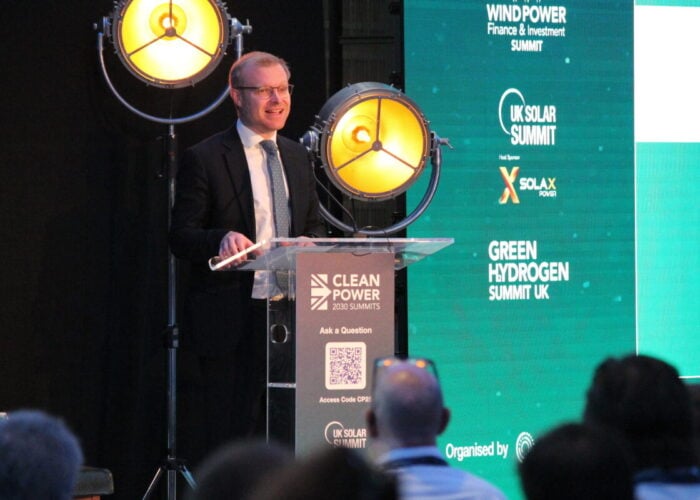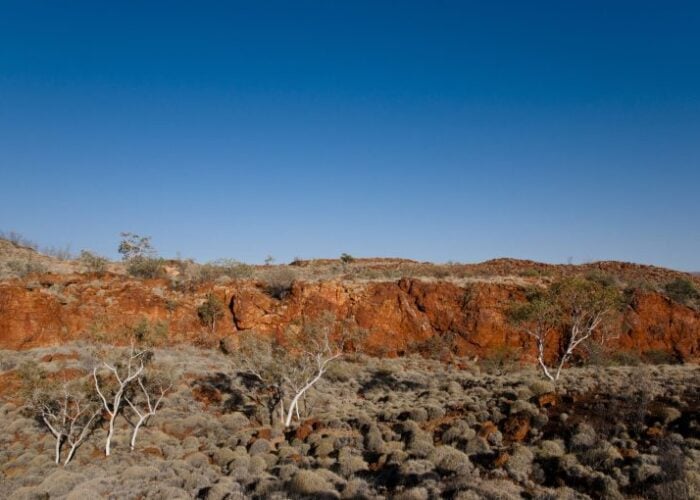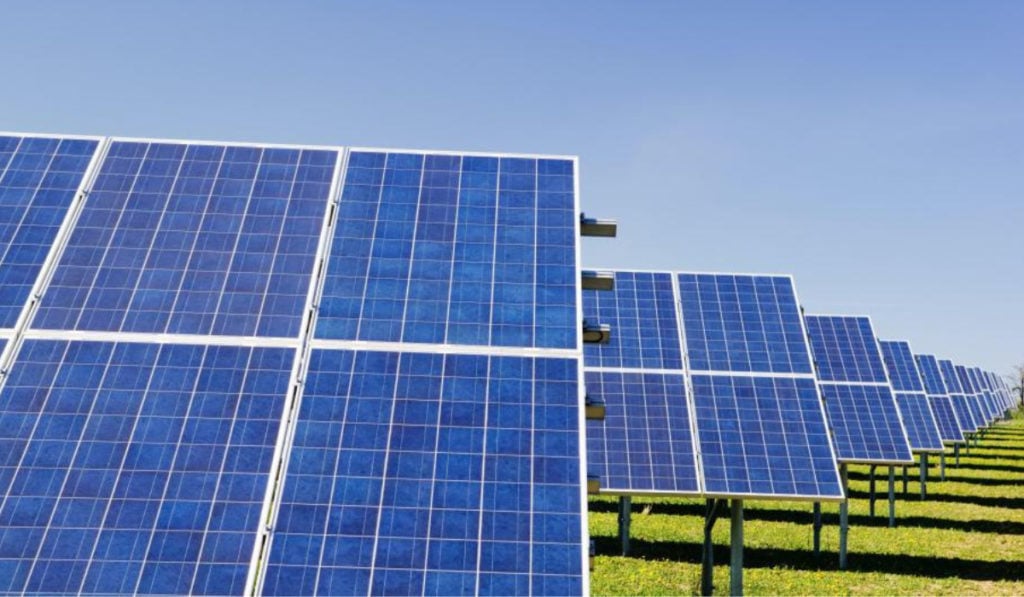
FP Lux Group has purchased a 114MWp portfolio of solar PV projects in Italy from German renewables developer PNE in the first investment of its FP Lux Energy Transition Fund.
Acquired in partnership with Swiss investment advisor re:cap Global Investors, which manages transactions for the Frankfurt-headquartered FP Lux investment fund, the portfolio consists of 12 projects across Italy. PNE will complete development of the projects and FP Lux will take ownership once construction is ready to begin.
Unlock unlimited access for 12 whole months of distinctive global analysis
Photovoltaics International is now included.
- Regular insight and analysis of the industry’s biggest developments
- In-depth interviews with the industry’s leading figures
- Unlimited digital access to the PV Tech Power journal catalogue
- Unlimited digital access to the Photovoltaics International journal catalogue
- Access to more than 1,000 technical papers
- Discounts on Solar Media’s portfolio of events, in-person and virtual
Financial details of the acquisition were not revealed.
According to re:cap, FP Lux Group funds have invested over €2 billion (US$2.18 billion) in over 1.3GW of solar, wind and energy storage capacity to date. This latest Energy Transition Fund is the fifth investment vehicle from FP Lux.
Commenting on the acquisition, managing director of re:cap Thomas Seibel said: “Italy is a predestined location for photovoltaic projects. With this purchase, our investors can participate in this locational advantage.”
2023 was a strong year for the Italian solar market. Predictions from the national trade association Italia Solaire foresaw that the country would end the year with 4GW of new solar capacity installed, a marked recovery from the last decade where it had struggled to break the 1GW mark.
The country has a dearth of available land for utility-scale solar PV developments under current government legislation, according to a May 2023 report from market analysis company McKinsey. Particularly stringent regulations around the use of cropland in Italy – which accounts for around 30% of the country’s total land and 80% of available land for PV after technical constraints – could be a barrier to developments, the report said.
One solution to this could be the widespread deployment of agrivoltaics, wherein land is used for both solar PV generation and farming. This dual-use practice has already proved attractive in Italy, following a US$1.5 billion government support scheme announced in August 2022.


